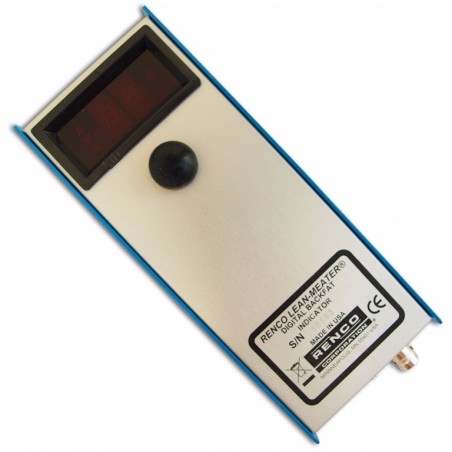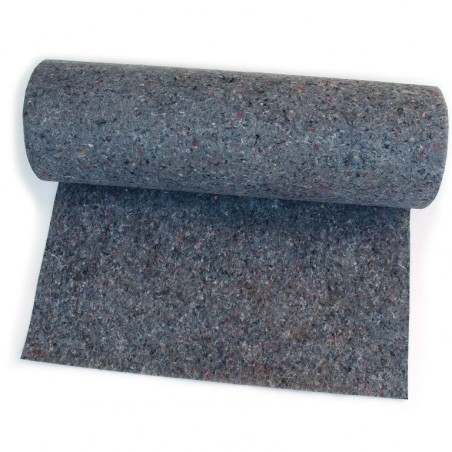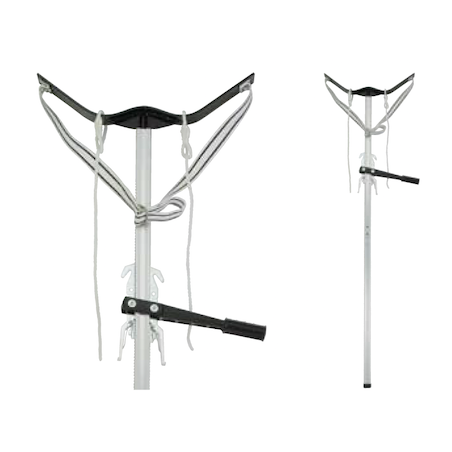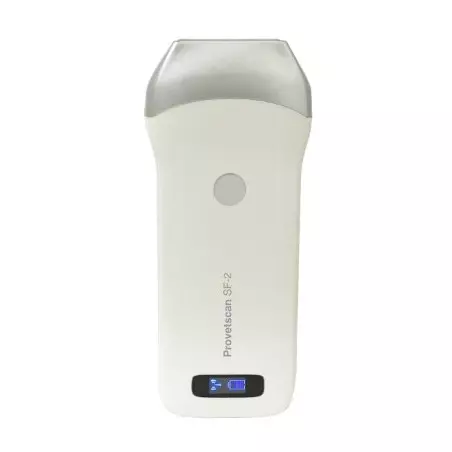Farrowing is a critical time for sows and piglets. Poor post-farrowing sow recovery, and piglet mortality represent a welfare concern, as well as an economic loss to the pig industry. Providing a non-steroidal anti-inflammatory drug (NSAID) to the sow post-farrowing may improve sow welfare and productivity and thereby improve health status and welfare of the piglets, which would be of economic benefit to pig producers. This study investigated the production effects of providing the NSAID ketoprofen post-farrowing, to 24 primiparous (gilts) and 32 multiparous (sows) breeding pigs, in a randomised, blinded, placebo-controlled trial. Gilts and sows were allocated to receive ketoprofen (treated) or the equivalent volume of saline (control) by intramuscular injection 1.5 h after the last piglet birth. Data collected included sow feed intake, immune transfer (colostrum and piglet serum immunoglobulin-G (IgG)), nursing behaviour and piglet weight, and mortality. An additional factor in this study was that 13 individuals required additional treatment in the days after farrowing for post-farrowing illness. Therefore, data were analysed using mixed models, including treatment (treated or control), parity group (gilt or sow), and additional treatment (yes or no) as fixed factors. Stepwise binomial logistic regression was used to analyse the association between the experimental factors (treatment, additional treatment, gilt or sow), along with other gilt/sow, litter, and piglet-based measures, with piglet death before weaning.
Few treatment effects were seen, with parameters being more affected by whether gilts and sows were treated for illness, or between gilts and sows. The only variable to differ by treatment was suckle grunt duration, which was greater for control compared with treated dams (P = 0.05). Feed consumption was greater for sows compared with gilts on days 6 and 7 post-farrowing, and serum IgG was greater in piglets from sows than gilts (P < 0.05). Feed consumption was reduced in dams needing additional treatment, from days 2–7 post-farrowing, and those developing illness consumed less feed overall (P = 0.004). The best regression model for predicting the odds of a piglet dying before weaning included number born alive (P = 0.03), requiring additional treatment (P = 0.006), being male (P = 0.0005), and pre-farrowing gilt/sow back-fat (P < 0.0001), which increased the log-odds of death, whereas, piglet body weight decreased the log-odds of death (P < 0.0001).

This study did not demonstrate clear benefits to ketoprofen, however, high individual variation in piglet mortality, indicates potential for targeted NSAID use.
Sarah H. Ison, Susan Jarvis, Cheryl J. Ashworth, Kenneth M.D. Rutherford. The effect of post-farrowing ketoprofen on sow feed intake, nursing behaviour and piglet performance. August 2017 Volume 202, Pages 115–123. DOI: https://doi.org/10.1016/j.livsci.2017.06.001







